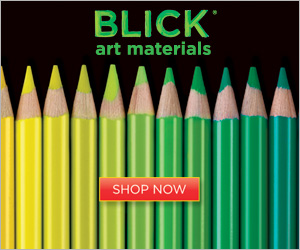Cheap watercolors for children are sold in pans. Many beginner artists get confused as expensive paints are often bought in tubes. They may assume that tubes are better and ‘real’ painters buy them. They may also wonder if they need to purchase a solvent or other specialist products.
The Key Point
There isn’t a fundamental difference between the two types of aquarelle – both are water-soluble, quite transparent, etc.
All you need in the case is to know how they change on a palette.
Pan paint is designed to be used from dry. Rewetting makes it blend and flow again and again.
The content of a tube always must be fresh. While it’s drying, some of its additives evaporate, and it irreversibly loses important benefits.
Pros and Cons of Tubes
Unlike common pan paints, freshly squeezed ones are:
- more vibrant and juicy – reputable artists say the difference isn’t obvious for a beginner (or for me, even though I have been painting for at least 15 years);
- good for a painter who prefers large-scale paper: it’s easy to mix big batches of them at once.
Paints in tubes stay clean until tubes are empty: you can’t fit a soiled brush into their narrow openings.
That’s all.
As for me, I don’t often use tubes. They are bulky and make the preparation process longer.
And the main trouble for me is that I never know exactly how much watercolor to squeeze out, and then I feel guilty for wasting paint.
*If you buy something through the banner I will earn a commission, at no cost to you. More info


